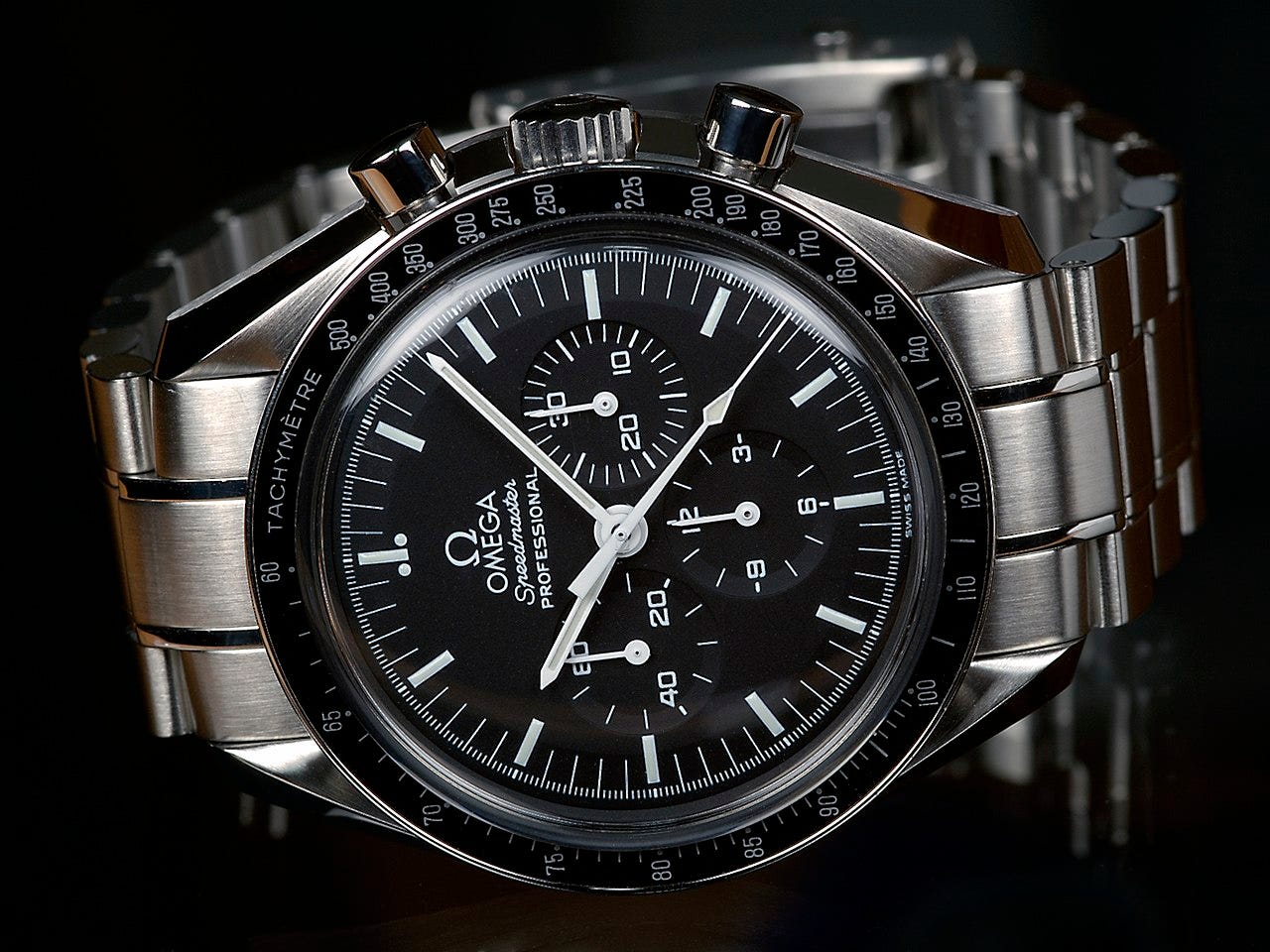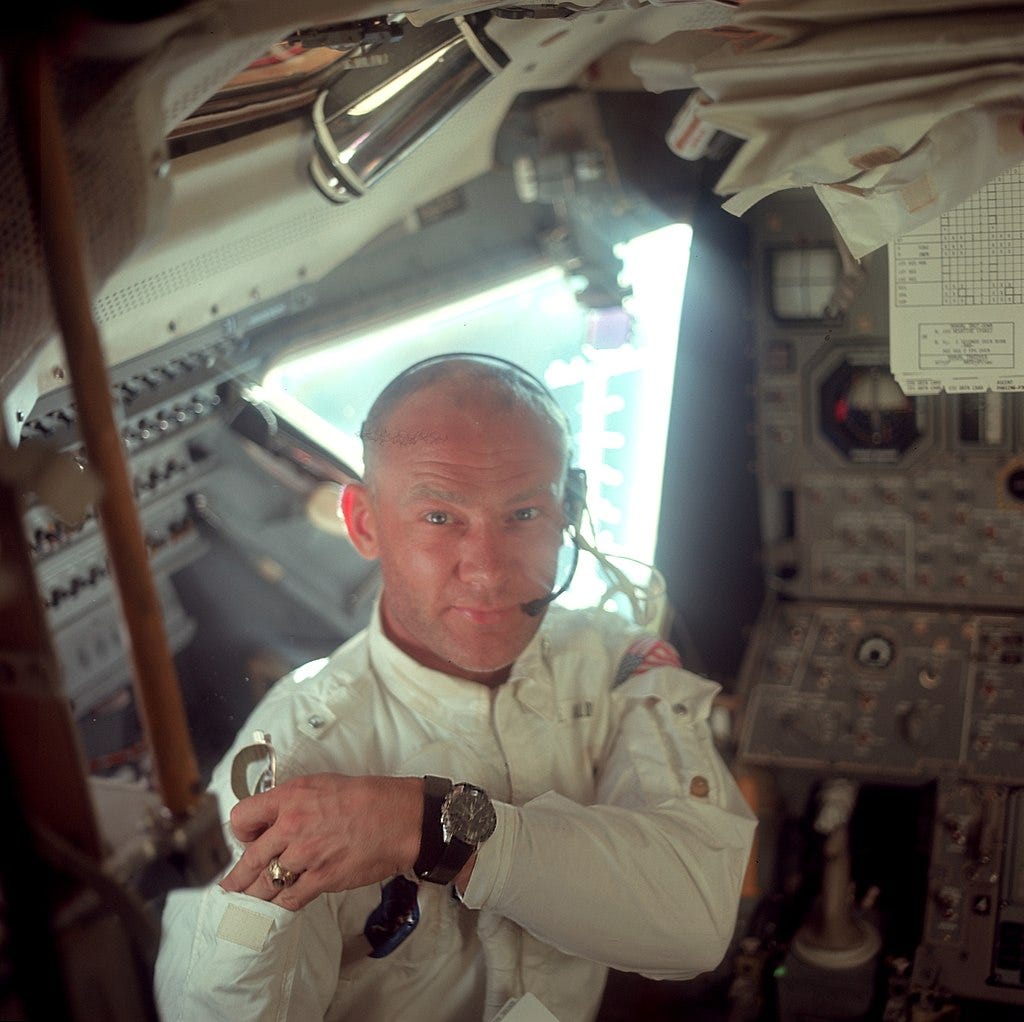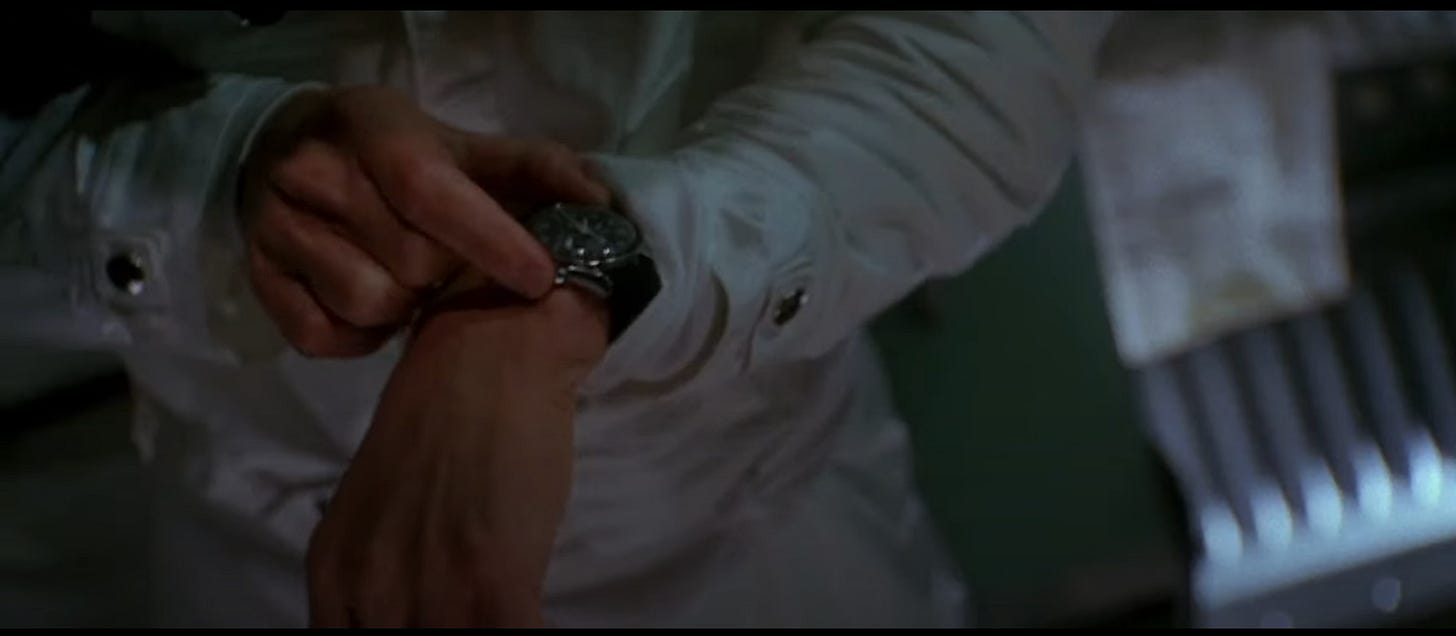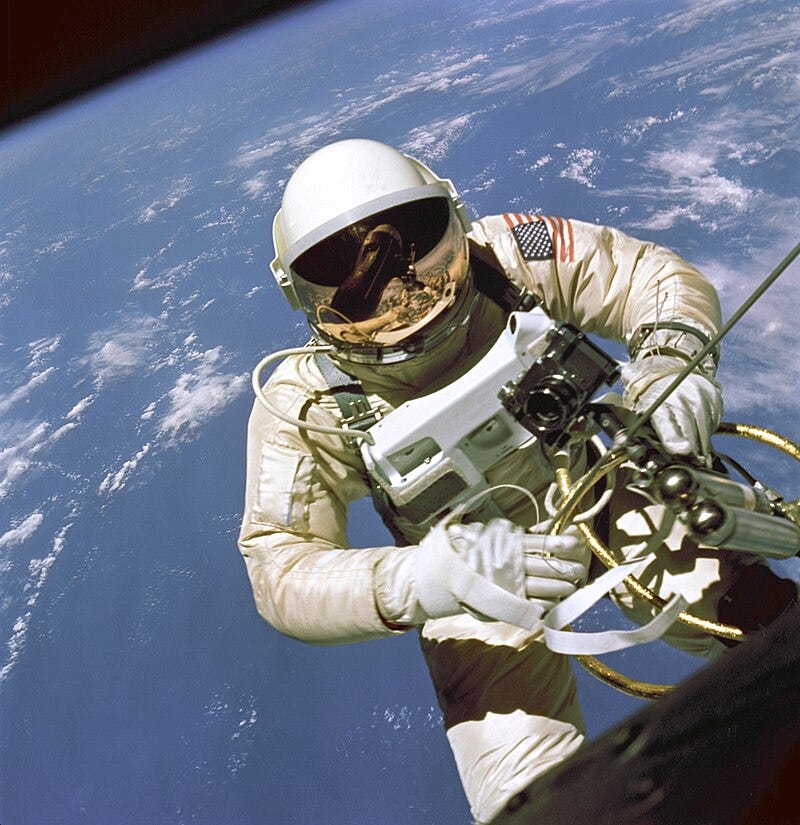Omega Speedmaster: The Space Watch That Beat All Odds 🚀
More than a watch, it's a Moon buddy!
The Omega Speedmaster wasn't made for space. It earned space. This cool-looking wristwatch went through wild tests, survived them all, and became NASA's favorite. Here’s how it made history.
The Big Question: “What Watch Should Astronauts Wear?”
Back in 1964, NASA had a problem. Not the rocket-building kind. A smaller one — wristwatches.
Astronauts needed a timepiece they could trust. One that worked in boiling heat, freezing cold, zero gravity, and crazy pressure. A regular watch would just crack, fog up, or stop ticking in space.
So NASA ran a contest — not the type with trophies, but with tough, brutal tests.
Meet the Contenders
Four watchmakers were brave enough to try:
Omega Speedmaster
Rolex Daytona
Longines-Wittnauer
Hamilton (but they sent a pocket watch — oops!)
Out of these, the only wristwatch that even had a chance was the Omega Speedmaster. But before it could join the space club, it had to pass NASA’s wild obstacle course.
The Testing Gauntlet: Not for the Weak
Here’s where it gets intense. NASA didn’t just shake the watches and call it a day. Nope. They wanted to know: What happens if an astronaut falls, gets hit, or floats in vacuum for hours?
So here’s what each watch went through:
Heat test:
Boiled at 93°C (almost boiling water!) for hours.Cold test:
Frozen at -18°C like an ice lolly.Shock test:
Smacked with 40g force — 4x what a rocket launch feels like.Pressure test:
Simulated vacuum, where air just vanishes.Vibration test:
Like riding a jackhammer for hours.Humidity test:
240 hours in 95% humidity — that's basically like sitting in a steam room.Acceleration test:
Spun and yanked at speeds the human body can’t even handle.
Every watch broke or failed... except one.
The Omega Speedmaster just ticked on like nothing happened.
NASA’s Choice: Speedmaster FTW 🏆
After all that madness, Omega Speedmaster was officially selected in 1965. NASA declared it “flight-qualified for all manned space missions.” From that day, it became the astronauts’ wrist buddy.
And this wasn’t some custom-made prototype. The Speedmaster was a normal store model anyone could buy. That’s how good it was.
Apollo 11: First Steps, First Ticks on the Moon 🌕
The Speedmaster’s biggest moment came in 1969. When Neil Armstrong and Buzz Aldrin landed on the Moon during Apollo 11, Armstrong left his Speedmaster inside the lunar module as backup.
But Aldrin? He wore his Speedmaster outside — making it the first watch ever worn on the Moon.
That’s right. While humans took small steps, the Speedmaster made giant leaps — right into space history.
The Apollo 13 Lifesaver
If you’ve seen the movie Apollo 13, you know things got real scary. A malfunction meant the crew had to manually time a critical engine burn to angle their spacecraft for safe reentry.
Guess what they used?
Yup. The Speedmaster.
It timed the 14-second burn that saved their lives. No GPS. No iPhone stopwatch. Just a reliable watch and some astronaut guts.
NASA later gave Omega the Silver Snoopy Award, a super rare honor given for “outstanding contributions to flight safety and mission success.”
More Than a Moon Watch
The Speedmaster didn’t stop at Apollo 11. It became part of every major NASA program since:
Gemini Missions – the pre-Moon missions
Apollo Missions – all the way to 17
Skylab – America’s first space station
Space Shuttle Missions – 135 missions
ISS (International Space Station) – still ticking up there today
It’s also the only watch certified for Extra Vehicular Activity (EVA), which means it’s allowed on spacewalks. Other watches? They stay inside.
Why Was the Speedmaster So Good?
Here’s what made it perfect for space:
Manual Wind:
No batteries. You just wind it up, and it goes. In space, where there’s no gravity to power automatic watches, this is a big win.Chronograph Function:
Has a stopwatch built in. Perfect for timing burns or docking maneuvers.Super Durable Case:
Built like a tank. Survived heat, cold, and shocks.Hesalite Crystal:
Not glass. This special plastic won’t shatter. Even if it cracks, it stays in one piece — no floating glass shards in zero-g.Legible Dial:
Easy to read in bright light, darkness, or space suits.
Wait… They Still Use It?
Absolutely!
Even today, NASA astronauts on ISS missions strap on the Speedmaster before floating into orbit. It’s that reliable.
And the best part? It still looks cool. Retro, sleek, and with real Moon-landing vibes.
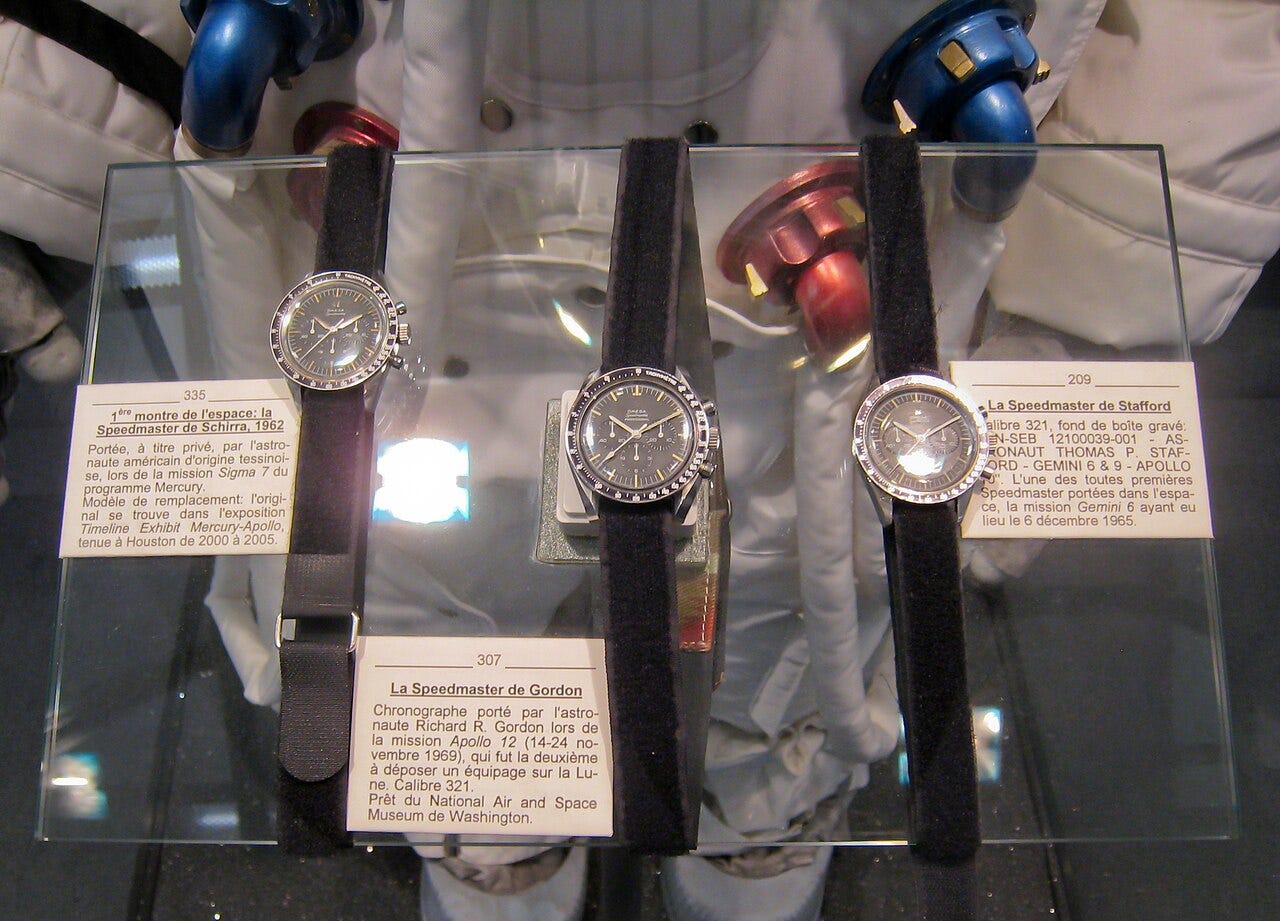
Some modern versions have updates — like automatic movement or sapphire glass — but the classic model? Still going strong after 60+ years.
Want One? Here’s What You Should Know
If you’re dreaming of owning the same model astronauts wear, look for the Omega Speedmaster Professional “Moonwatch.”
It’s not cheap — but hey, space gear never is. Some people collect them, others wear them proudly.
It’s not just a fancy timepiece. It’s a little piece of human space history on your wrist.
What Do You Think?
Would you wear the same watch that went to the Moon? Do you think modern smartwatches could survive what the Speedmaster did?
Let’s chat in the comments. Maybe your next timepiece isn’t just about style — it’s about legacy.



